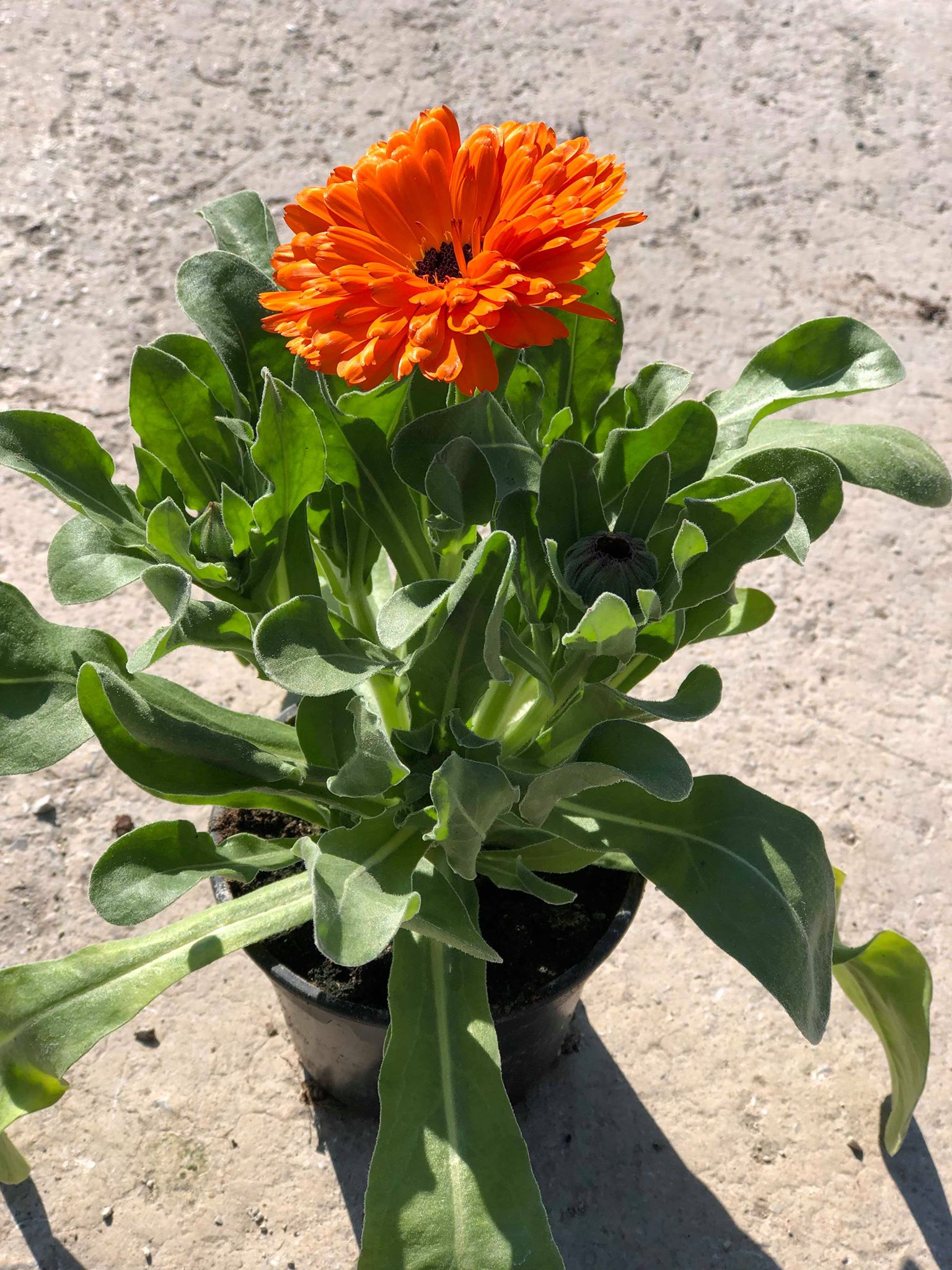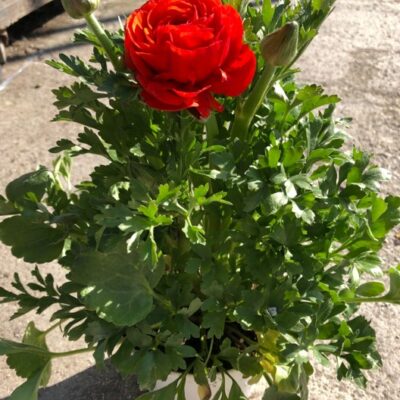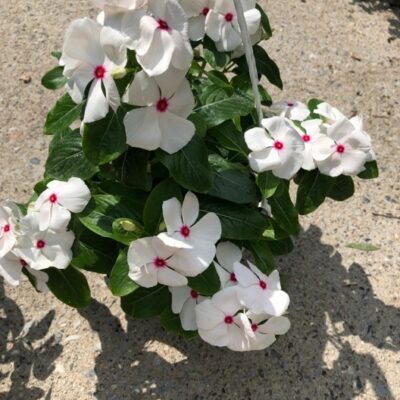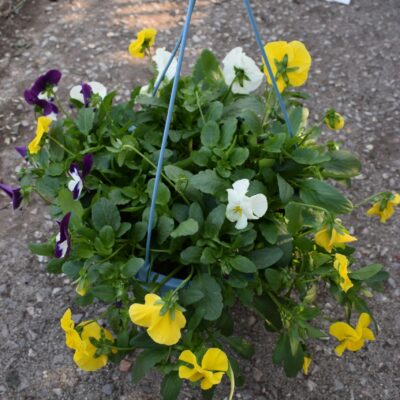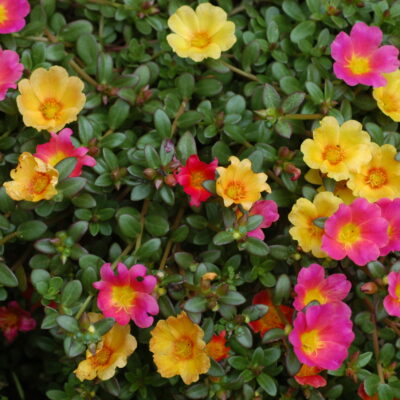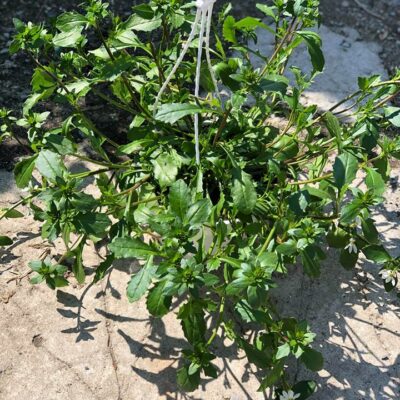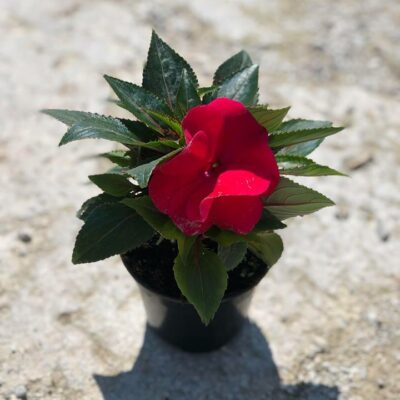Calendula is low-growing, reaching a height of up to 70 cm, with a compact shape due to its rich, bright green foliage. The leaves are elongated, lance-shaped with wavy margins. Their length is 5-17 cm and they have fluff on both sides.
Flowers
Its flowers are yellow or orange. Its flowering lasts from February to October.
Location
It thrives in sunny or semi-shady positions. It does not bloom in shady places. It thrives in various types of soil in fertile or poor, with little or medium moisture. It also grows in coastal areas as long as it has a place with plenty of light.
Watering
It does not have high water requirements, except in the summer months when you can increase its watering. Water every 3-4 days during the spring and summer months.
Pruning
We need to remove the withered flowers to maintain their vitality and have a prolonged flowering. We prune as soon as its flowering is over.
Fertilizer
To achieve high flowering production, fertilize your plants regularly using a water-soluble fertilizer for flowering plants or a granular fertilizer. Apply the fertilizer in spring and summer (once a month). You can use either the granular fertilizer by spreading it on the ground between the plants and then watering well, or by dissolving the water-soluble fertilizer in the watering can.
Enemies and Diseases
The most common enemies of salvia are aphids (meligra and plant lice) and mealybugs. The mistake we make with watering it is important. Excessive moisture causes rot and fungal diseases, resulting in wilting and eventually rot of the plant.
It's made of suitable for
- for planting flower beds,
- in seaside gardens,
- in rock gardens,
- for planting pots and planters,
- in clusters or in rows on lawns,
- for the creation of flowering islands.
Flowerpot 10.5 cm
